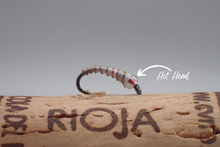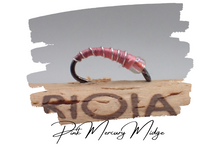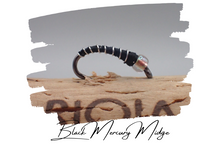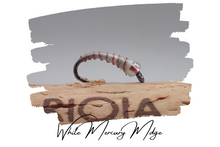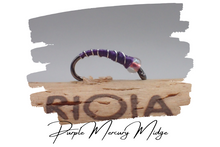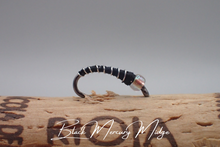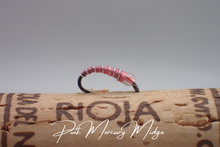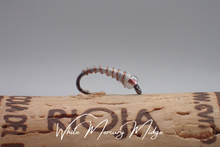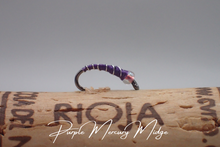
The Artisan Mercury 'Hot Head' Midge from Barbless Flies
These Mercury 'Hot Head' Midges we originally devised by Pat Dorsey, a fly fishing guide, writer and co-owner of The Blue Quill Angler in Colorado, USA. We've taken Pat's original design and added a vivid red 'hot head' under the small glass bead.
All of these Mercury 'Hot Head' Midges are tied on Ahrex FW451 barbless hooks in sizes 14 and 16, topped off with a vivid red hot-head under a 2.4mm glass bead.
We have these Mercury Midges in two difference sizes (14 & 16) and four colour variations:
- Black Mercury 'Hot Head' Midge
- Pink Mercury 'Hot Head' Midge
- White Mercury 'Hot Head' Midge
- Purple Mercury 'Hot Head' Midge
The trick to the technique when fishing these is to use the heavier nymph or lure as an attractor, and then trail a smaller and more imitative nymph behind it - the theory being that the fish initially shows interest in the 'attractor' nymph but ends up taking the smaller more imitative nymph.
For this method to work, the trailing nymph needs to have the following properties:
- Fairly imitative
- Lightweight
- Have a uniform weight distribution - so they don't sink head-first; and
- Incorporate some form of trigger point
We currently have these flies in stock and will ship these to you as soon as we receive notification of your payment, generally if a payment is made in the morning your flies will be with you the very next day.










